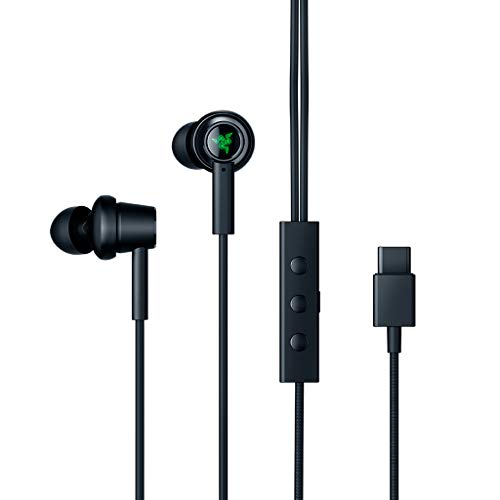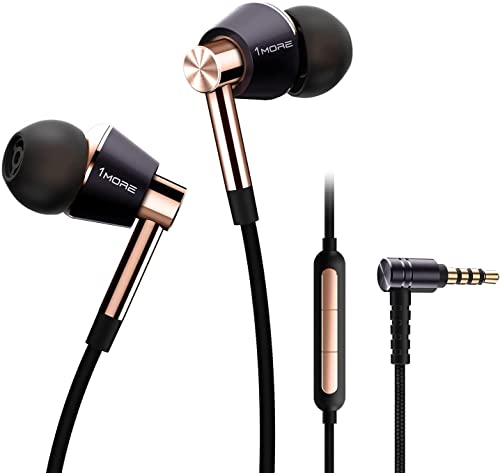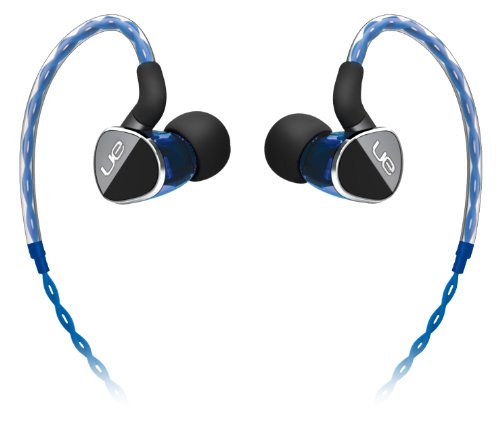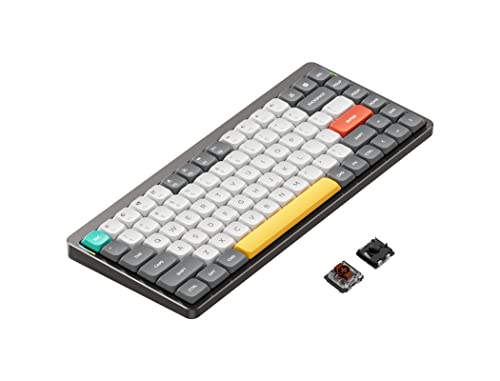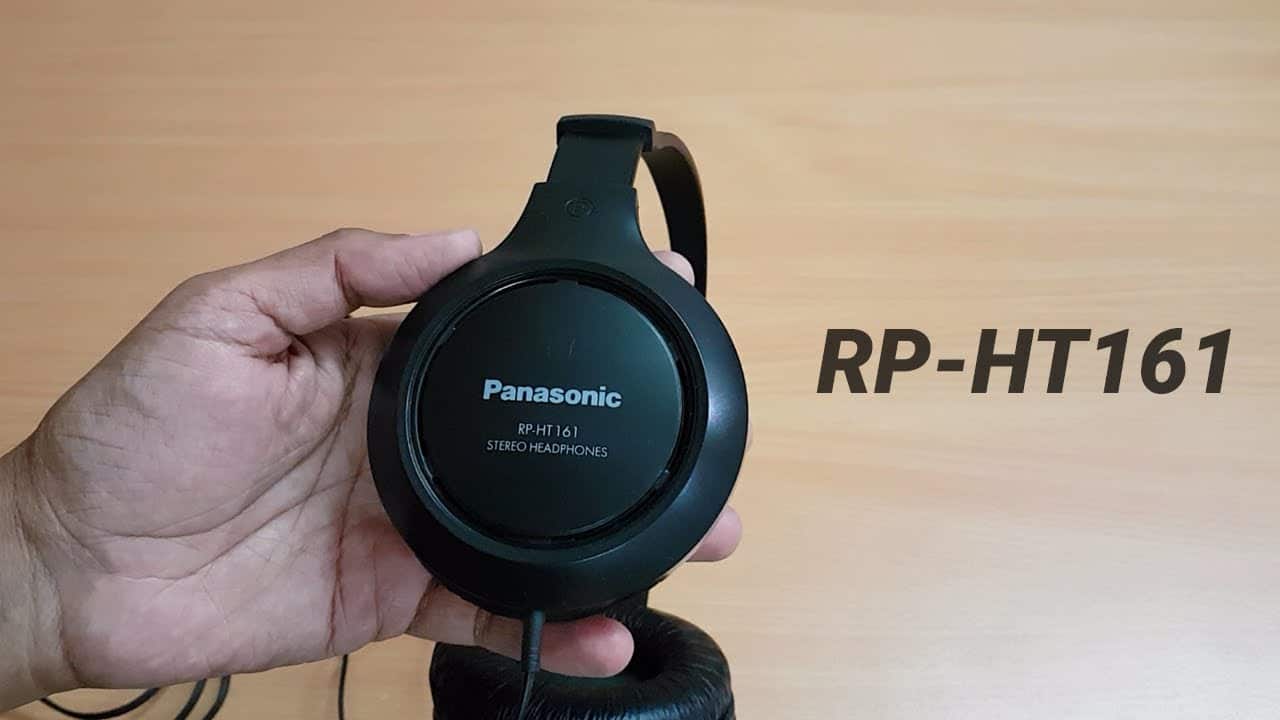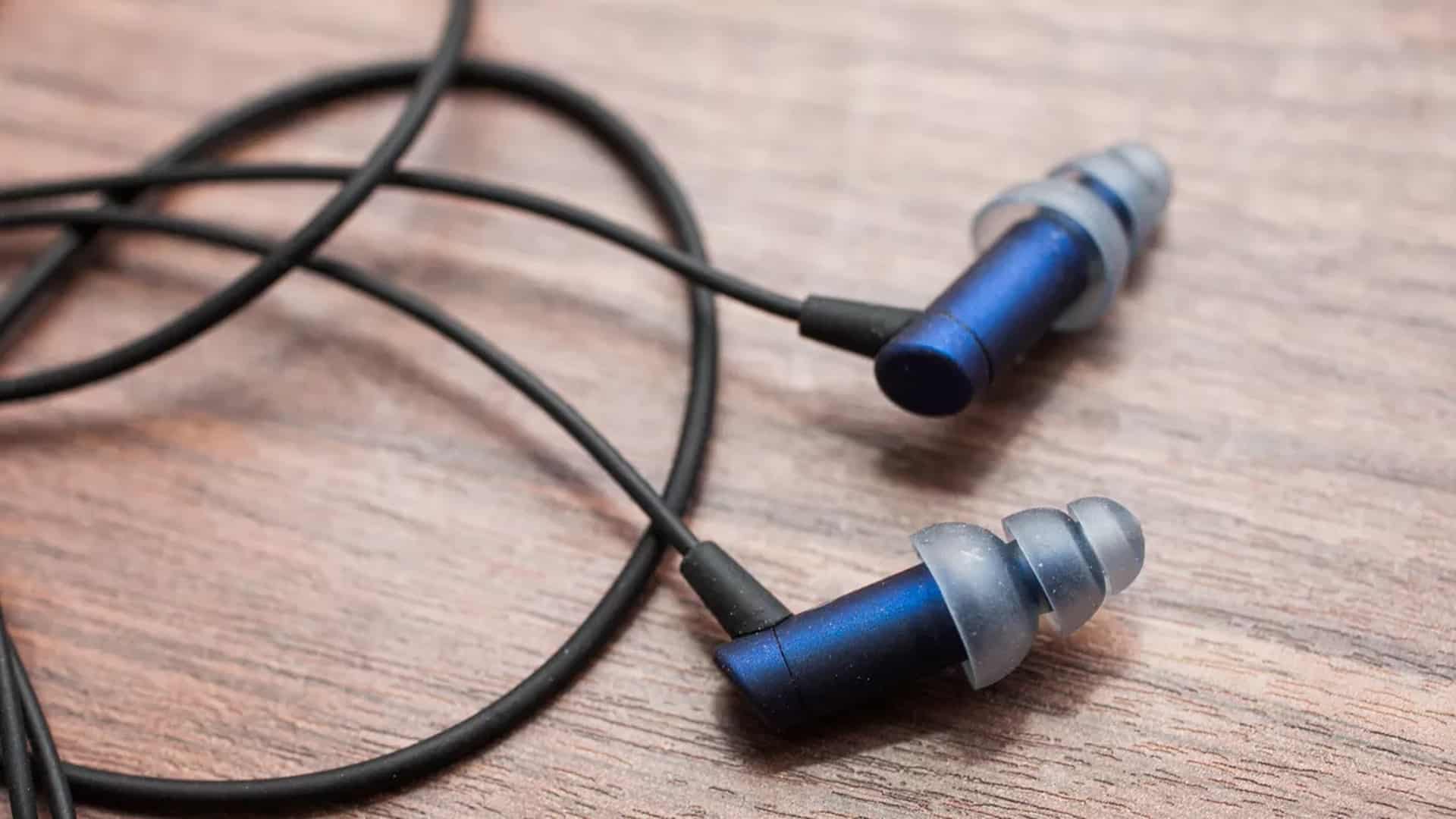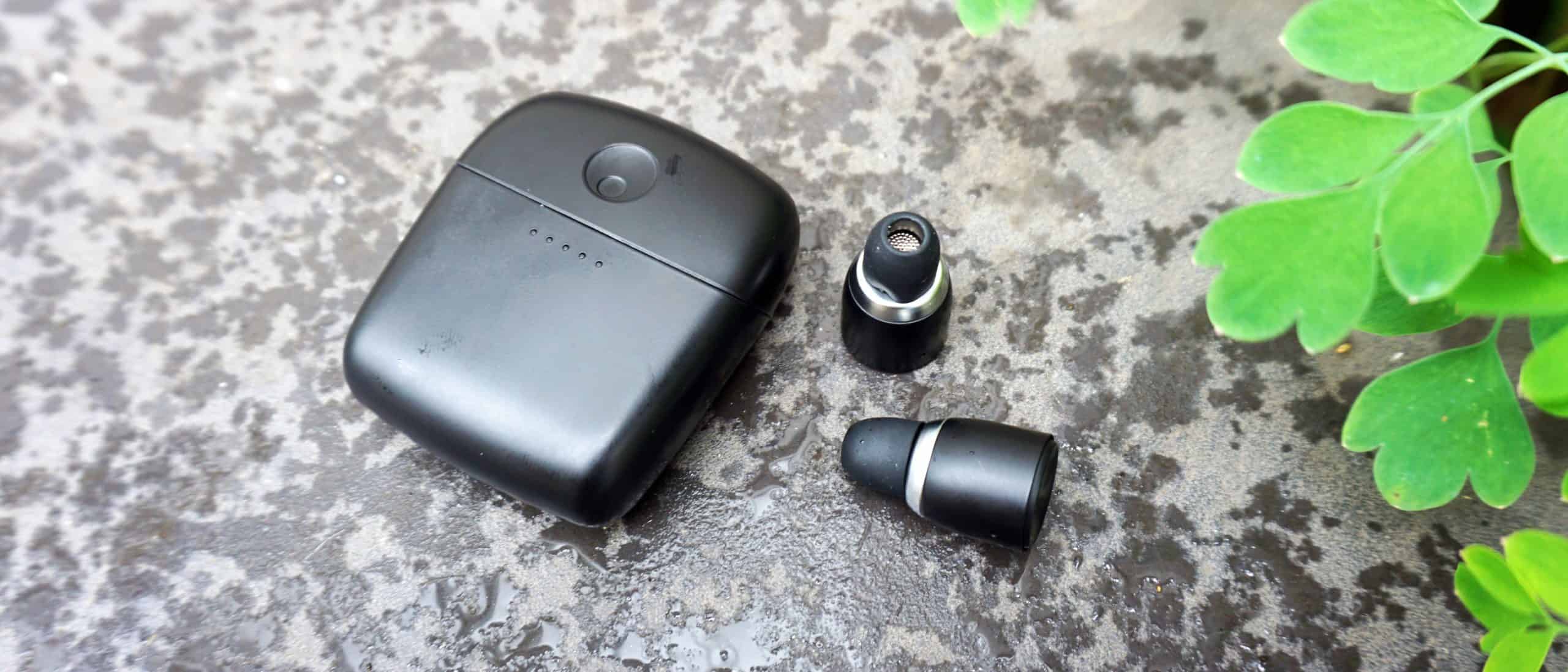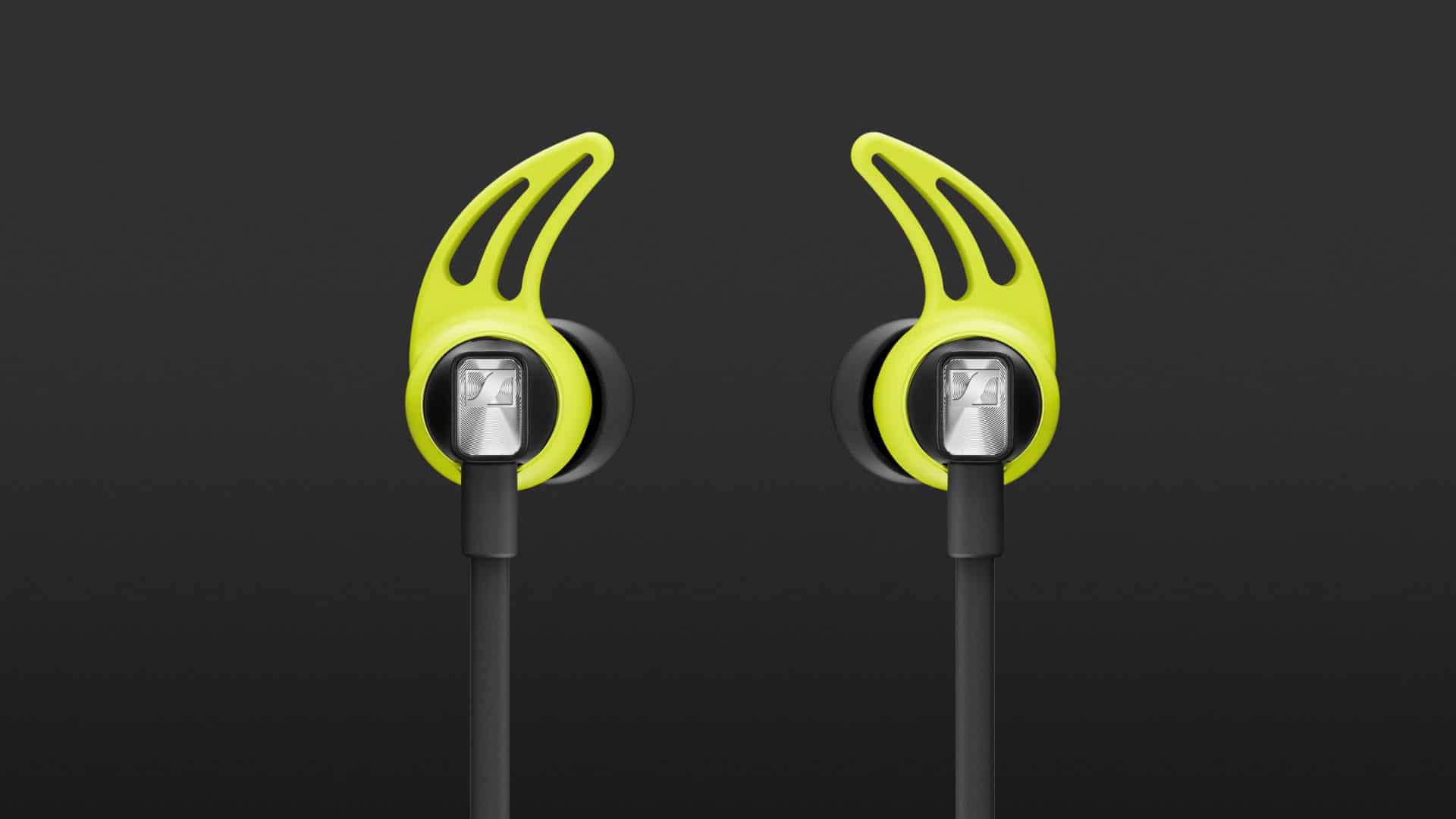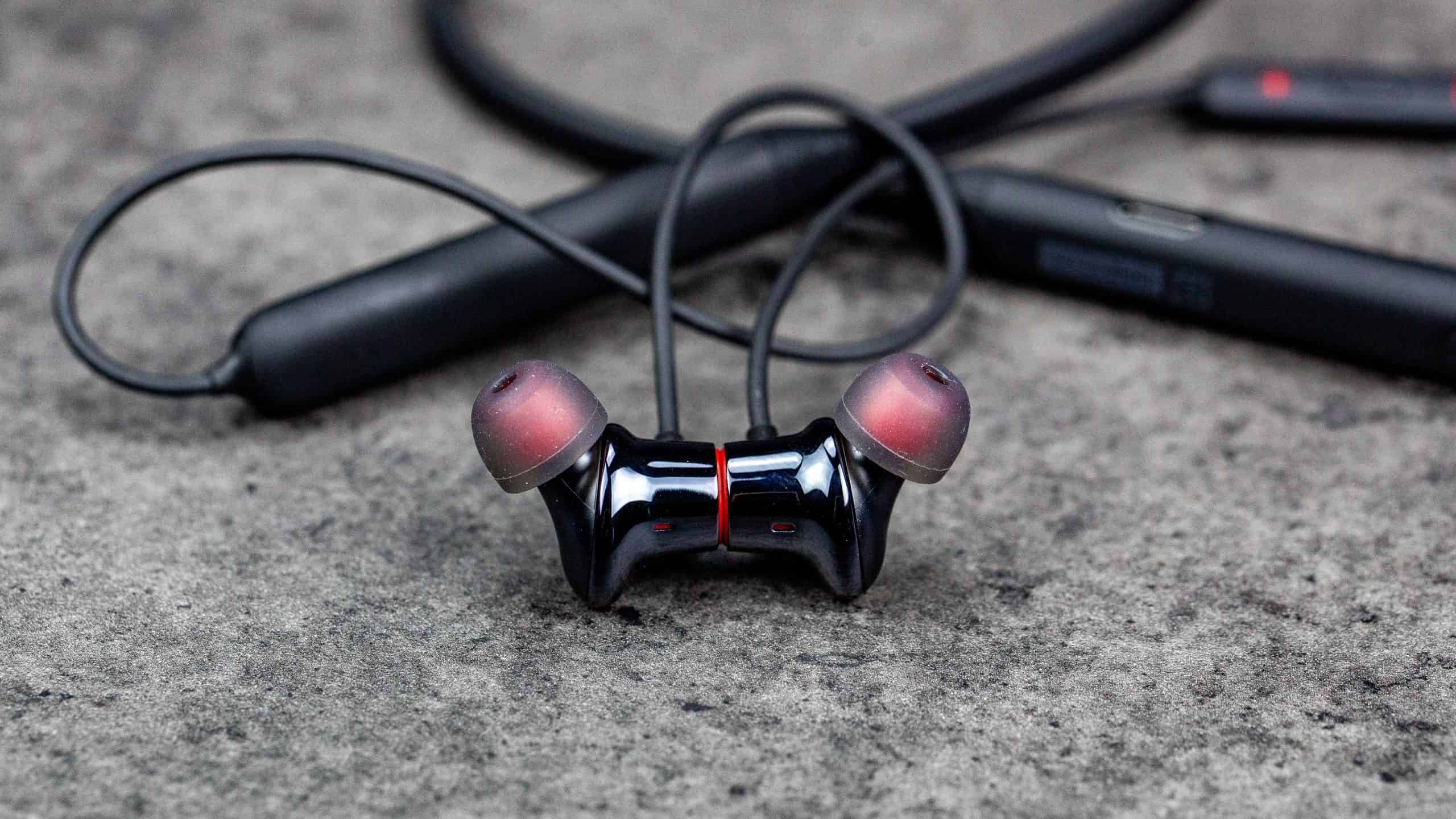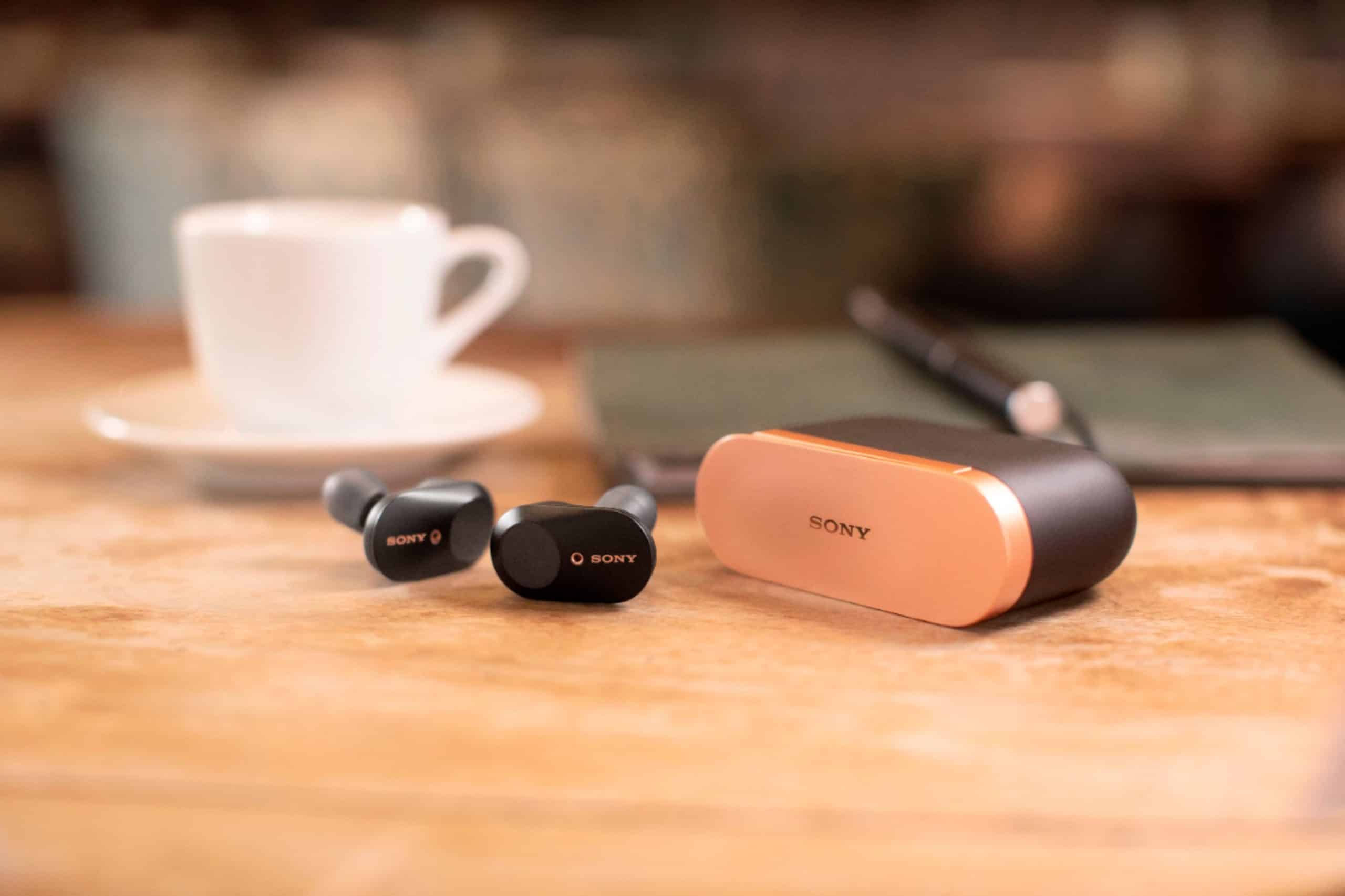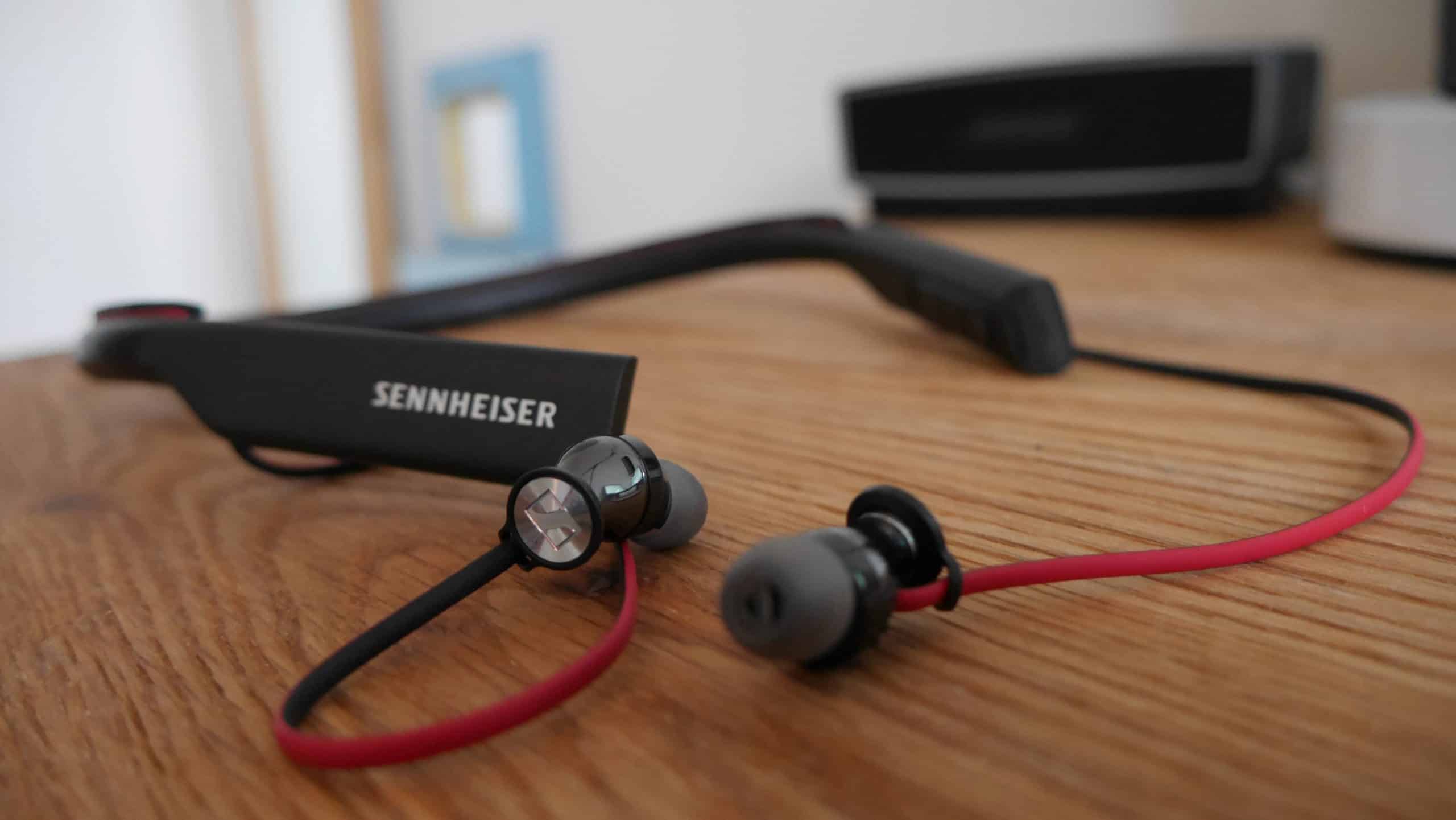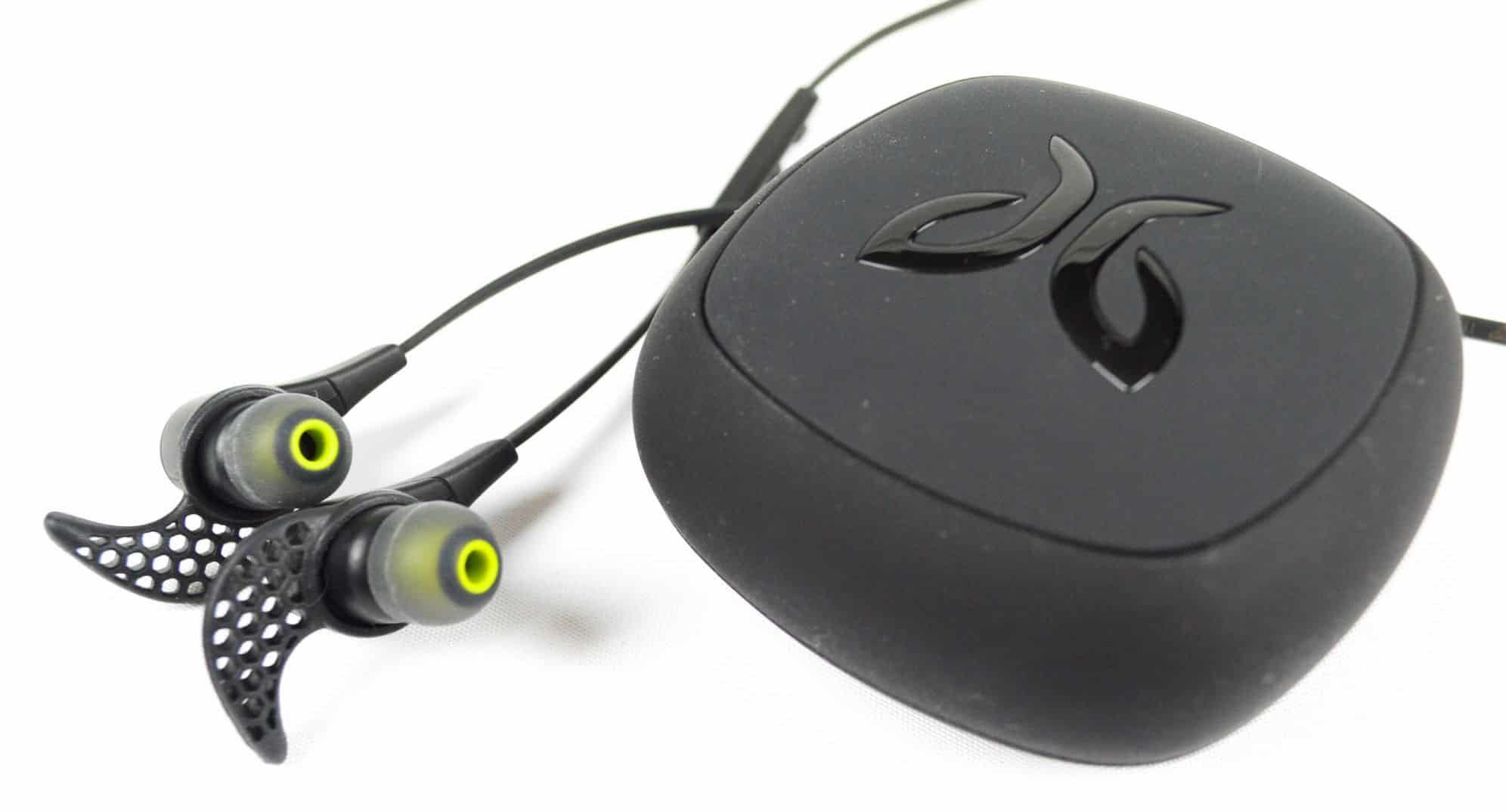What features make the best headphones for podcasting? It starts with excellent sound quality so that you can hear playback with the utmost clarity during recording sessions. A great pair of podcasting headphones should also connect easily to the rest of your podcasting setup, whether you use a wired or wireless system.
Along with audio quality and versatility, like the Logitech UE 9000 wireless headphones, the best podcast headphones have a durable design with solid-feeling and long-lasting materials. With wired headphones, detachable cables or a coiled cable can help add convenience and improve durability for frequent podcast-recording sessions. Finally, the best pair of headphones for podcasters should be comfortable and ergonomic to maintain listening ease for a lengthy podcast recording session.
The best models, like the Beats Studio Wireless over-ear headphones, deliver faithful audio reproduction and accurate sound in recording environments, helping to create professional and premium-quality content. Quality headphones can ensure your mic technique is on point and that you sound exactly how you intend. This is important if you’re building a studio or home audio setup with podcasts in mind.
Using an audio enhancer, like the Cambridge Audio DacMagic XS, can boost the sound significantly. You might also consider upgrading to a decent pair of podcast headphones if you record content in an area with significant ambient noises. Premium headphones can help cancel out external noises without compromising the clarity of their sound quality.
Keep reading to learn more about the best headphones for podcasting and how to choose the right headphones for all your listening needs.
Top Headphones for Podcasting
#1 OneOdio Pro-10 Headphones
Award: TOP PICK
WHY WE LIKE IT: With a coiled 9.8-foot cord and 3.5mm and 6.5mm connectors, this headset plugs in seamlessly to a variety of devices, including podcasting equipment. The device is optimized for bass and is ideal for studio and household use.
- Incredibly deep bass
- 3.5mm and 6.35mm connectors
- Closed ear cup design
- The bass is too deep for some users
- The ear cups are to wide for some individuals
The OneOdio Pro 10 headphones feature 50mm, speakers, with neodymium magnets, delivering outstanding bass and crisp treble. This device has large ear cups with generous cushioning that surrounds the ears for an immersive experience. These earcups swivel 90°, so users can bend the head comfortably. This headset blocks out sound to help users focus on the task at hand. However, the ear cups may be too big for smaller individuals.
A 9.8-foot cord on this device is suitable for gaming, work, and podcasting. This headset has a 3.5mm plug for connecting to computers and mobile devices, while an included 6.35mm connector plugs into music production and podcasting equipment. It has a padded headband, which is adjustable to fit a wide variety of heads. This unit has a remarkable frequency response, ranging from 20Hz to a whopping 40,000 Hz.
#2 Maono AU-MH501 Headphones
Award: HONORABLE MENTION
WHY WE LIKE IT: Comfortable, swiveling earcups on this unit provide a pleasant experience. This device features impressive speakers, a 9.8-foot coiled cord, and both 3.5mm and 6.35mm connectors.
- Outstanding swiveling earcups
- 9.8-foot with 3.5mm and 6.35mm connectors
- Folding design
- High tones sound slightly muted
Engineered for professional setups, the Maono AU-MH501 headphones are suitable for mixing and podcasting. They’re certainly a great pair of headphones for music production. This headset is equipped with large 50mm aperture drivers that deliver bombastic sounds to engage and entertain. A jointed headband contours around the head for comfort, and it’s adjustable to provide a perfect fit. The unit has an extended frequency response range, delivering accurate bass, and mids. However, the high tones sound a bit muted.
Large ear cups with soft ear cushions provide outstanding comfort. This unit is foldable to facilitate space-saving transportation and storage. It’s made with resilient materials that provide durability without compromising comfort. A coiled 9.8-foot cord offers flexibility, allowing users to station their equipment at a distance without risking tangling. This device comes with both a 3.5mm and 6.35mm connector, helping users to connect to both household devices and professional podcasting and music production gear.
#3 Philips SHP2000 Headphones
Award: BEST EARCUPS
WHY WE LIKE IT: This set comes with two different-sized plugs, connecting seamlessly to computers, smartphones, and music production equipment. This headset has swiveling earcups that are perfect for podcasting and music playback.
- Excellent 90° swiveling earcups
- 6.6-foot cord with 3.5mm and 6.3mm connectors
- Powerful 40mm audio drivers
- The headband is not cushioned
- Lacks controls
- Dual cord design
Equipped with a 3.5mm plug and snap-on 6.3mm adapter, the Philips SHP2000 headphones will please users who are into music production and podcasting. This headset has heavily padded foam ear cups that rotate 90°, giving users leeway to bend the head towards the shoulders. The jointed headband has an adjustable design and contours around the head for comfort. However, this headband is not padded and may be a bit uncomfortable for people with short hair.
An excellent frequency response range of 10 to 23,000 Hz ensures accurate bass, treble, and mids. This headset features 40mm audio drivers that produce remarkably refined, clean sounds. An open-back design delivers refined spatial audio. A 6.6-foot cord is long enough to offer freedom of movement in recording studios, home theaters, and offices. This headset features high-quality parts that hold up well in the face of regular use.
#4 Cleer Enduro 100 Headphones
Award: BEST CORDLESS PODCAST HEADPHONES
WHY WE LIKE IT: The headset has a stylish design with a sleek finish, excelling in both form and function. It connects wirelessly to computers and mobile devices and boasts a runtime of up to 100 hours.
- Excellent battery life
- Bluetooth 5.0 offers universal compatibility
- Exquisite aesthetics
- Wireless system won’t connect easily to some studio equipment
- Headband has no cushion
Equipped with Bluetooth 5.0 tech, the Cleer Enduro 100 headphones provide seamless wireless connectivity, syncing easily with a wide variety of devices. This headset has an exquisite design with a Coronado Sand color scheme that adds contemporary flair to any studio setup. The headset has a wide frequency response range, producing deep bass and sharp treble. The 40mm ironless drivers offer clean audio that will appeal to enthusiasts. However, the wireless system may not connect easily to some studio equipment.
This device has a built-in rechargeable battery that runs for an astounding 100 hours before requiring recharging. The headset weighs just 280g, so it’s easy to wear for the whole day. An adjustable headband allows users to customize this device as needed. This headset charges fully in just 3 hours, keeping downtime to a minimum, and it attains enough power for 13 hours of music playback time in just 10 minutes of charging.
#5 Tunical TNH-101 Headphones
Award: BEST CABLES
WHY WE LIKE IT: With excellent speakers and a closed-back design, this unit offers auditory immersion. It comes with two different cords and two different plugs to connect easily to computers, mobile devices, and studio equipment.
- Adaptable 90-degree swiveling ear cups
- Comes with a coiled and straight cord
- 3.5mm and 6.3mm connects
- Heavy
The Tunical TNH-101 headphones are versatile and designed for professional use, suitable for mixing, mastering, and podcast production. This headset has an ergonomic headband that molds around the user’s head for comfort. The head beam is adjustable and boasts premium materials. Powerful 45mm audio drivers provide unblemished sound, and 90-degree swiveling earcups support one-ear monitoring. This headset has an excellent frequency response range with rich sounds at all sound levels. However, this unit is a bit heavy.
This headset comes with heavily padded ear cups that are pleasant to the skin, and the earpads are replaceable. A 10-foot straight cable and a 4-foot cable that extends to 13 feet offer connection flexibility. The headset comes with both 3.5mm and 6.3mm plugs for connecting to everything from computers and mobile devices to amplifiers and music instruments. This unit has a closed-back design that offers auditory immersion and it comes with a storage pouch for hassle-free transportation.
#6 MuveAcoustics MA-1500FB Headphones
Award: BEST LIGHTWEIGHT PODCASTING HEADPHONES
WHY WE LIKE IT: With lightweight, minimalist construction, this model will appeal to people who record for long periods. This top headset with built-in in-line microphone assists with calling, gaming, and video conferencing.
- Remarkable lightweight construction
- Built-in line mic
- Excellent in-line controls
- Relatively short cord
- Small ear cups
- Lacks 6.5mm connector
The MuveAcoustics MA-1500FB headphones have a slim minimalist style that will suit people who record or listen to podcasts for hours on end. It has a closed design that blocks out ambient noise to help users focus on the task at hand. With a foldable, stretchable design, these headphones are easy to transport and store. They have a lightweight construction that suits all-day wearing. However, compared to the typical podcasting headphones, this unit has a short cord.
An adjustable minimalist headband on this model is quite ergonomic, and the headset has a blue and black color scheme that complements most studio and office equipment. An integrated in-line mic captures audio, so this headset can be used for multiplayer gaming and calls. It has intuitive controls for managing calls and playback seamlessly. The earcups are padded with foam with a skin-friendly leatherette liner. This headset has high-quality materials that last.
Beginner’s Guide to Headphones for Podcasting
What Are Headphones for Podcasting?
While any type of headphones can work for podcast recording in a pinch, the best studio headphones for podcasts have excellent audio quality and balanced sound for accurate playback. They also have ergonomic design elements that make them especially capable of handling podcast production’s demanding process.
Most podcast creators prefer over-the-ear headphones with a lightweight design and either coiled or detachable cables for convenience. Some newer wireless headphones can perform well, but most podcast pros and sound engineers traditionally use wired studio headphones. Additionally, many podcasters use closed-back headphones for better passive noise isolation.
Headphones for Podcasting vs Headphones in General
Compared to general-purpose listening and premium headphone for sleeping, the best-performing models for podcast duty tend to have more dynamic range and a more balanced sound profile. Unlike many entertainment and gaming headphones, podcast headphones emphasize frequency response in the range of most human voices. This can make it seem like they have a relatively “flat response” compared to the sound on cheaper models, which may emphasize bass and treble.
Podcasting headphones have to work well with the other audio devices in a podcast recording studio. Unlike typical travel headphones or affordable earbuds, they must be able to pair with devices such as a mixing board or another type of audio interface. Like music studio headphones, many podcasting headphones can work with or without a headphone amplifier.
Podcast headphones have a frequency range optimized for accurate monitoring rather than an “exciting” audio experience, much like production headphones.
Headphones for podcast listening and production also tend to have higher sensitivity ratings and at least some degree of passive noise isolation. Many podcasters use closed-back headphones for this reason.
Compared to gym headphones and travel headphones, headsets and headphones for podcasts tend to have a more comfortable design focused on good ergonomics for long editing sessions. For this reason, many podcast headphones use padded headbands and ergonomic circumaural design contours.
How Headphones for Podcasting Work
Headphones enable monitoring of playback and backing tracks while recording a podcast. While they may use extra power compared to typical casual listening headphones, they use similar components, including external audio input, ear cups or ear pods, transducers, speakers, and drivers.
Podcast headphones usually use a wired 3.5mm audio jack or USB-type connection. Still, some creators have started using wireless headphones, which offer increased freedom of movement and may be easier to connect to a computer or mobile device.
They connect to audio devices such as computers, mixing boards, and turntables. In short, they take an audio signal from the input source and translate it into a discreet electrical signal for each speaker element. Many premium headphones use neodymium magnets for their speaker drivers for extra power.
Both open-back headphones and closed-back headphones can work well for podcasting. Open-back models allow airflow in and out, making for a more natural sound, but at the expense of some increased background noise. If sound isolation is a priority, closed-back headphones may have an advantage.
Why Should You Buy a New Pair of Headphones for Podcasting?
The right pair of headphones can help maintain high-quality sound for your podcast and help make the recording process easier and less fatiguing. If you’re serious about recording podcast content and plan to engage in longer sessions, you’ll want comfortable headphones.
Great headphones can also help make sure you sound exactly the way you intend. Whether you’re looking for wireless headphones or a wired option, the best podcasting headphones can allow accurate monitoring with natural sound reproduction and super-detailed audio playback, helping you hear your recordings and backing tracks without distortion.
The right headphones can also make a big difference if you record podcasts in a home studio or office with external sounds to overcome. The best podcast and music headphones do an excellent job filtering out ambient sound while maintaining accurate monitoring.
Compared to older headphones and earbuds often employed for podcasting, modern headphones and headsets have improved sound quality, higher maximum input power, and a greater range of options for noise isolation.
Current podcasting headphones can offer advanced features formerly reserved for high-end premium headphones. Newer headphones technology allows for improved dynamic range and higher quality sound. Many use neodymium magnets for more powerful drivers, and some have both a wireless and a wired option for connecting to different audio sources.
Are Headphones for Podcasting Worth Buying?
- New Podcasting or Streaming Setup: If you’re building out a new sound booth or home studio for high-quality voice recordings, you might also want to select a new dedicated on-ear podcast headphone set.
- Noisy Environments: A new set of closed-back studio reference headphones can be an excellent option for when you want to listen to playback with accurate audio and filter out unwanted background noises such as from an air conditioner or outside traffic.
- Upgrading to Professional AV Equipment: Newer headphones may also be a practical choice if using a mixer, audio interface, or other higher voltage audio sources. You’ll want a set of higher impedance headphones whose sensitivity rating matches the output levels of your equipment.
- Long Recording and Editing Sessions: If your days of recording tend to be long, you may want to invest in a set of comfortable headphones that deliver quality sound with minimal compromise. Newer headphones with a lightweight design can be less tiring for extended usage.
Why Headphones for Podcasting May Not Be for You
- Already Using a Headset: If you’re already using a headset with a mic, as many streamers do, you may consider a separate set of headphones redundant. However, a quality pair of podcasting headphones can make it easier to achieve high-quality voice recordings and make for a better listening experience when checking playback.
- Concerns About Long-Term Comfort: The best studio headphones provide a balance of comfort and expansive sound quality that make them well suited to long days of recording. Quality headphones with a decent sensitivity rating provide balanced audio that sounds clear and detailed even at moderate power levels, making them more suitable for the lengthy podcast editing process.
How Long Do Headphones for Podcasting Last?
Headphones can last five to ten years or more with proper care. The lifespan of a given pair of headphones depends on the quality of the model, the type of headphones, and how you use and store them.
In general, over-ear headphones last longer than in-ear portable headphones. Features like a robust, spring steel headband with foam padding, a replaceable headband, and plenty of ear padding can boost durability. Material quality and construction also matter, with metal headphones generally providing more durability. A coiled connection cable can be an excellent choice for boosting durability.
Wired models also typically last longer than wireless models, which may only last as long as their built-in batteries. Modern wireless studio headphones almost always use lithium-ion batteries, providing decent battery life for extended listening.
Experts suggest keeping heavier models on a headphone stand when not in use and storing headphones in a cool, dry location. Excess heat, dust, and humidity can increase wear and tear on headphones.
As they age, studio and professional headphones typically show wear on the adjustable headband padding. The foam ear padding can detach in over-the-ear models, sometimes causing extra audio bleed or sound leakage. Other individual components, such as neodymium speakers and audio drivers, tend to have a durable design and last as long as the headphones themselves.
How to Choose Headphones for Podcasting
Various considerations can help identify the right podcasting headphones for your studio. You’ll want to factor in the type of audio source equipment you use, whether you use a headphone amplifier, and how much-unwanted background noise there is in your setup. You’ll likely also want to consider personal preference for comfort and design qualities; do you prefer a modern design or a more classic look?
Best Headphones for Podcasting Key Factors
1. How Much Ambient Noise Is There?
The amount of external noise can be an important factor in deciding on the best headphones for podcast recording. If you use a soundproof studio or vocal booth, you might consider open-back headphones. However, if you record at a home studio where noise can be a problem, you’ll likely want a closed-back design for better noise isolation.
2. What Types of External Audio Sources Do You Use?
Recording headphones should also match the audio sources you use. High-impedance headphones can handle higher voltage audio sources but may need an amp for the extra power to work with low-voltage audio sources like your mobile phone or laptop.
3. Do You Also Plan To Use Your Podcast Headphones for Music?
Podcasting requires headphones with excellent isolation and faithful frequency response for your vocal range. Still, an on-ear podcast headphone set can also be perfect for listening to music. If music is a priority, you may want to look for podcasting headphones with a wide frequency response range and can also handle deep bass and deliver clear highs outside your normal vocal range.
4. What Connectivity Options Do You Need?
You’ll also want to identify what connectivity options you need when choosing podcast studio headphones. Some models offer XLR and quarter-inch cable connectors and the more common 3.5mm headphone jack connections; this can be useful if you use an audio interface or mixer.

![Best Headphones for Podcasting in [year] 1 best headphones for podcasting](https://www.gadgetreview.dev/wp-content/uploads/best-headphones-for-podcasting-image.jpg)


![Best Headphones for Podcasting in [year] 2 OneOdio Wired Over Ear Headphones Studio Monitor &...](https://m.media-amazon.com/images/I/41Qel+8JHbL._SL160_.jpg)
![Best Headphones for Podcasting in [year] 4 MAONO 50MM Drivers Pro Studio Monitor Headphones, MH501...](https://m.media-amazon.com/images/I/41W7xB4STYL._SL160_.jpg)
![Best Headphones for Podcasting in [year] 6 Philips Over Ear Wired Stereo Headphones for Podcasts,...](https://m.media-amazon.com/images/I/41RrSomsXML._SL160_.jpg)
![Best Headphones for Podcasting in [year] 14 Our #4 Pick is the Cleer Enduro 100 Headphones](https://m.media-amazon.com/images/I/31XANZGiAmL._SL160_.jpg)
![Best Headphones for Podcasting in [year] 16 Our #5 Pick is the Tunical TNH-101 Headphones](https://m.media-amazon.com/images/I/417ye+yQ0bL._SL160_.jpg)
![Best Headphones for Podcasting in [year] 17 Our #6 Pick is the MuveAcoustics MA-1500FB Headphones](https://m.media-amazon.com/images/I/41o+YiHWufL._SL160_.jpg)


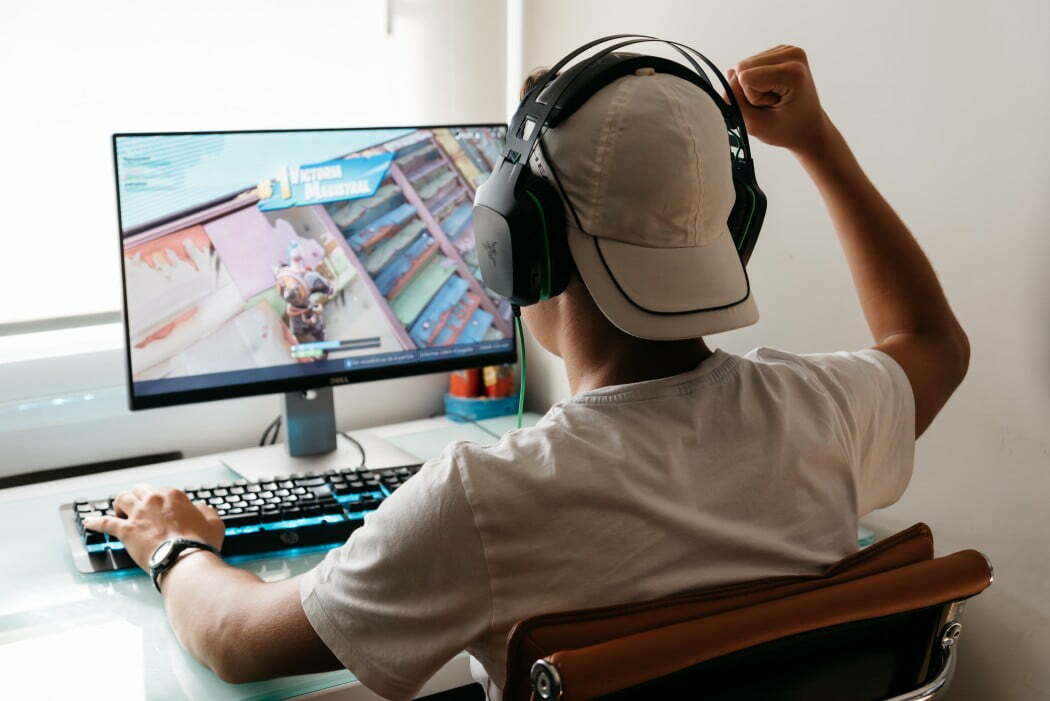
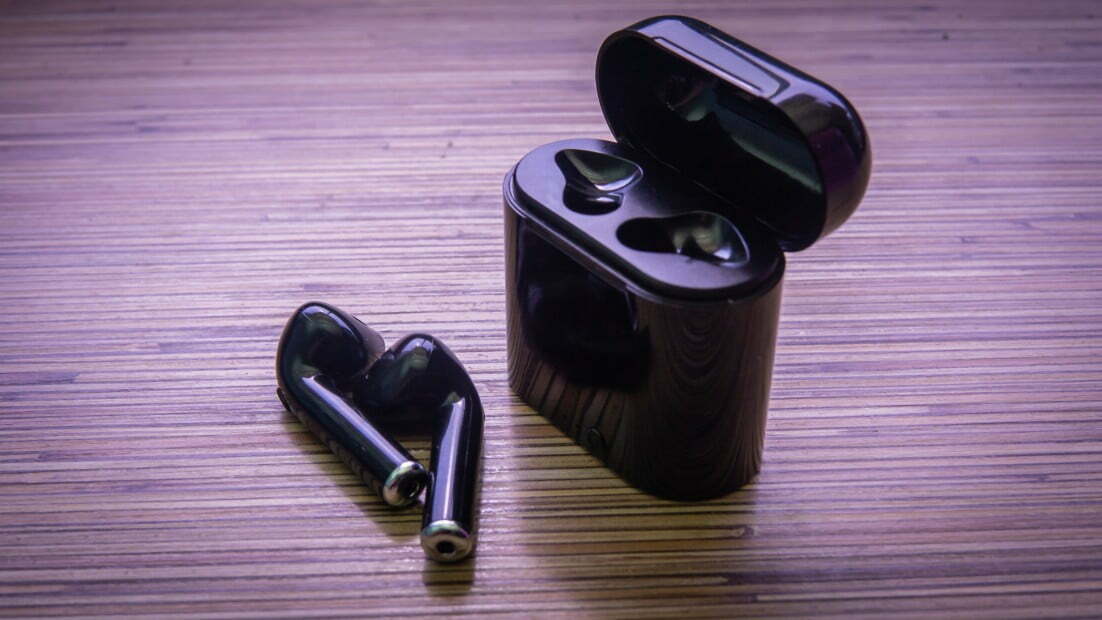

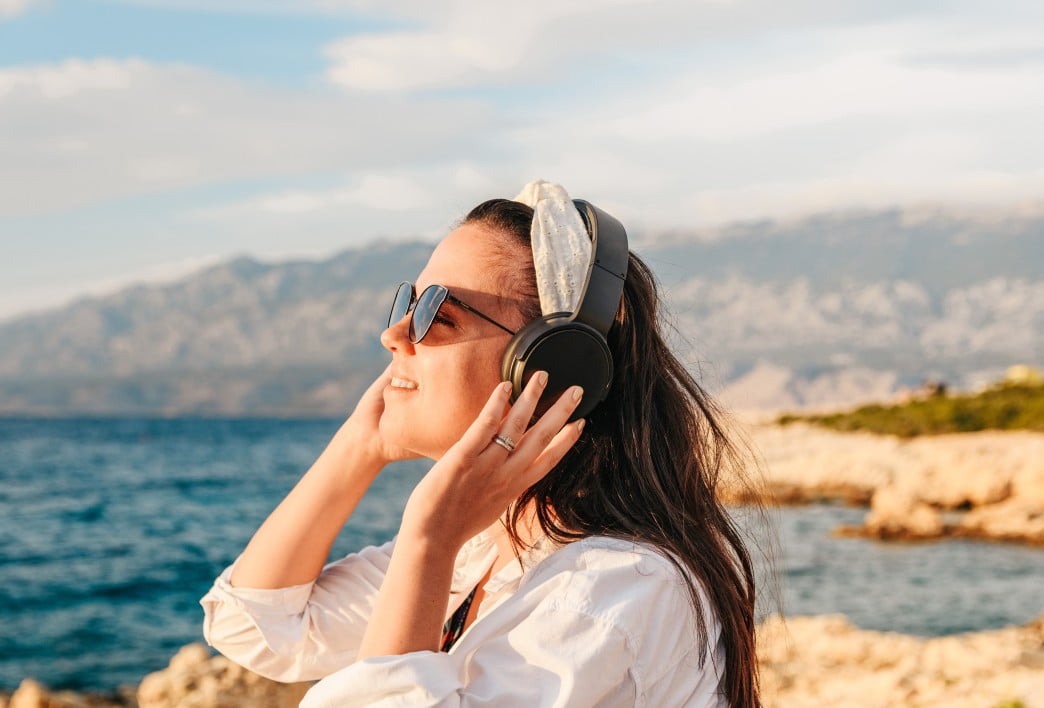
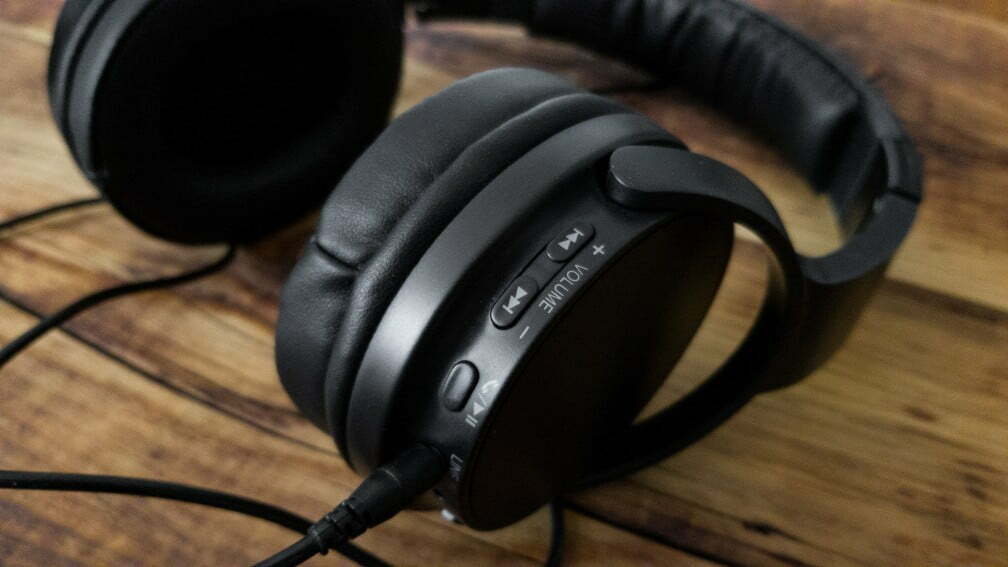


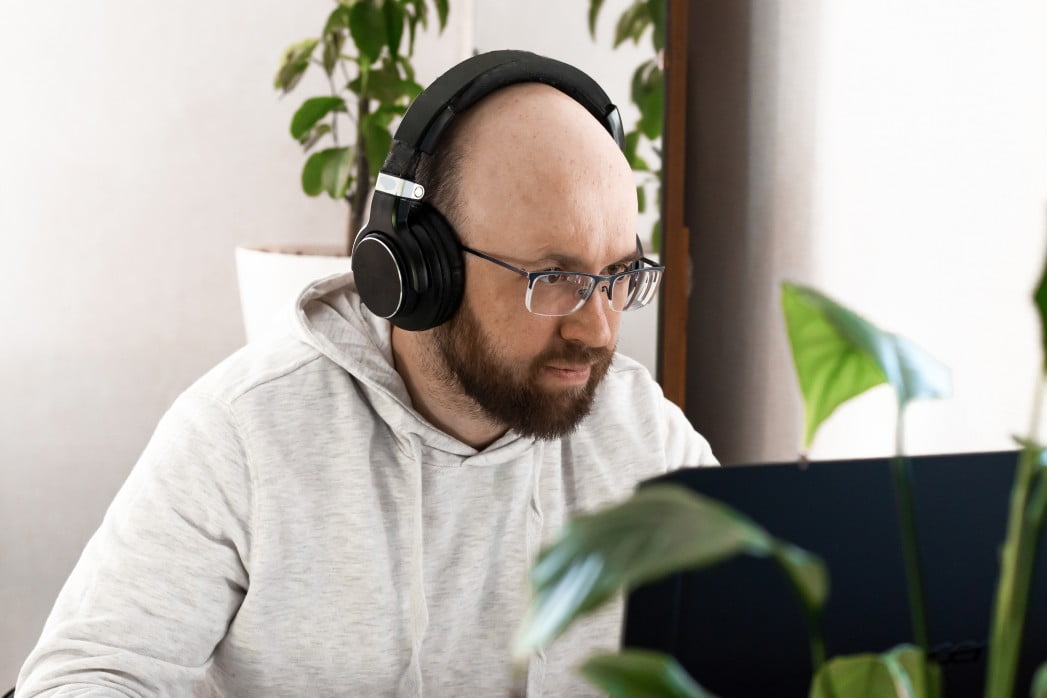

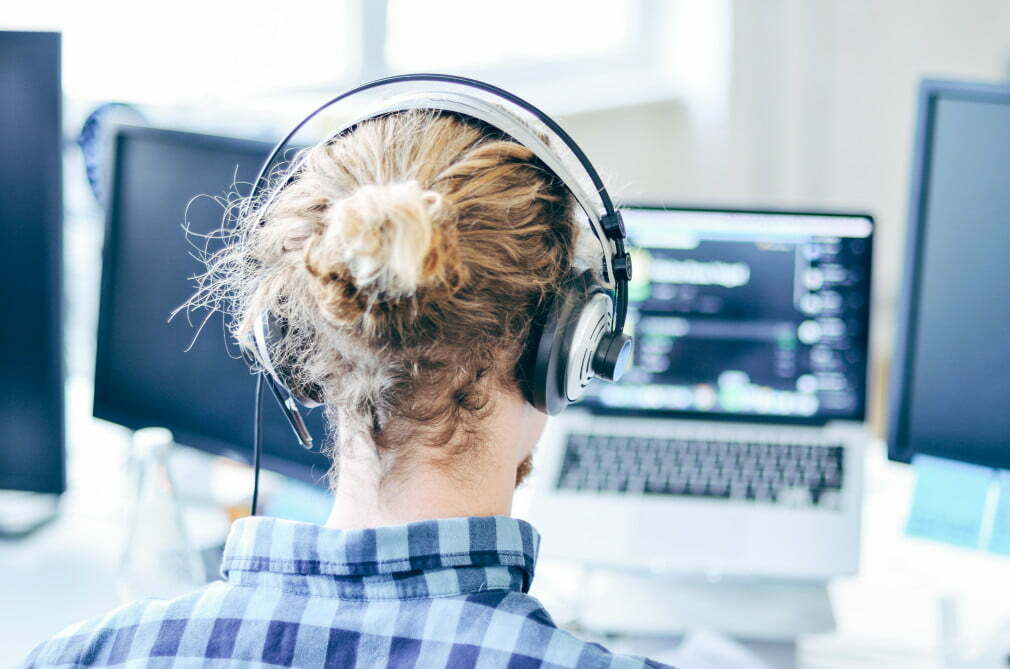
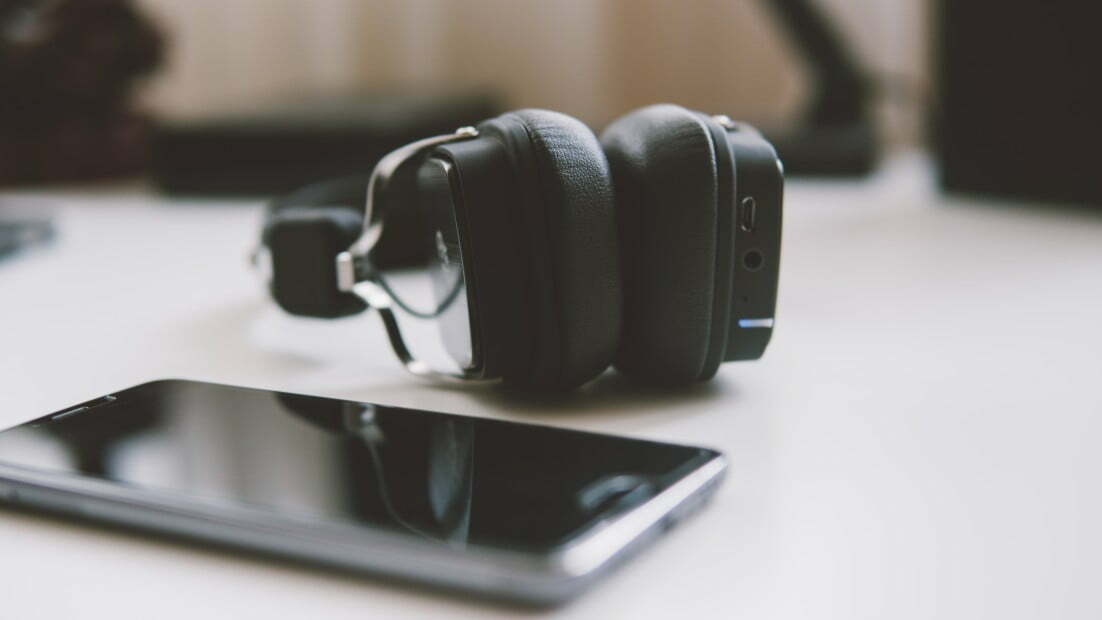
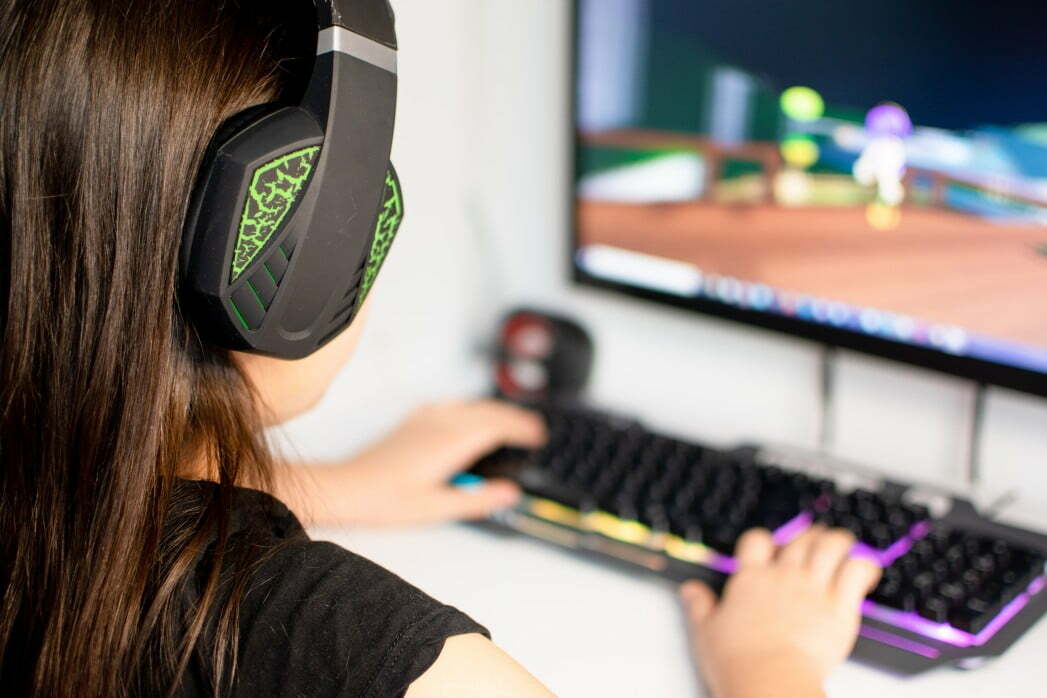
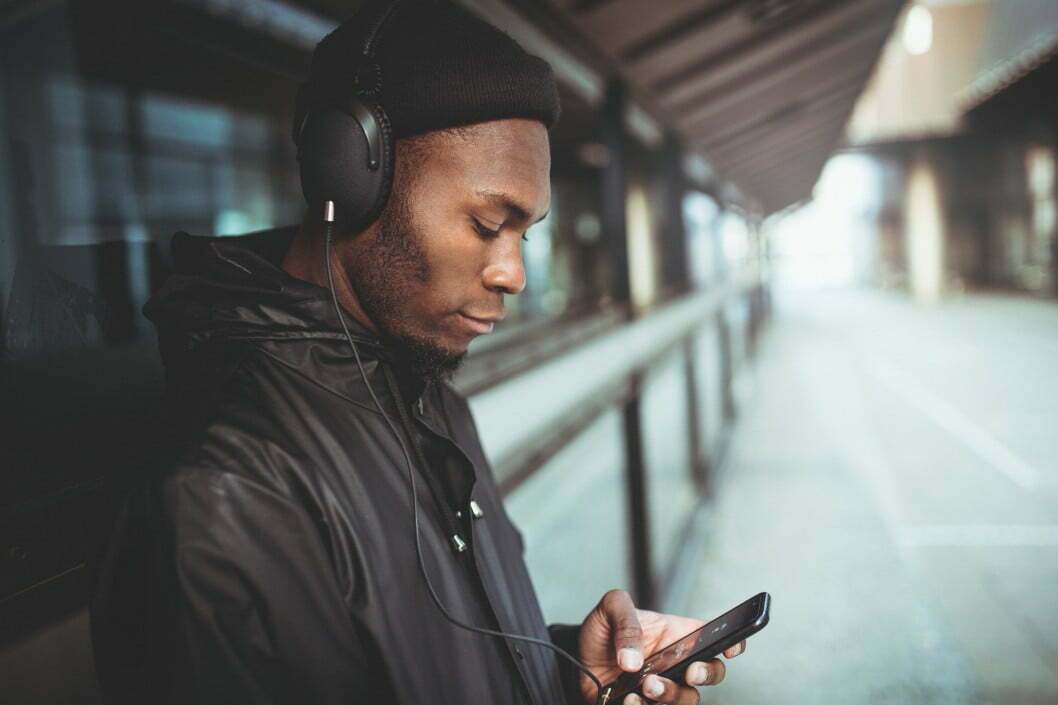
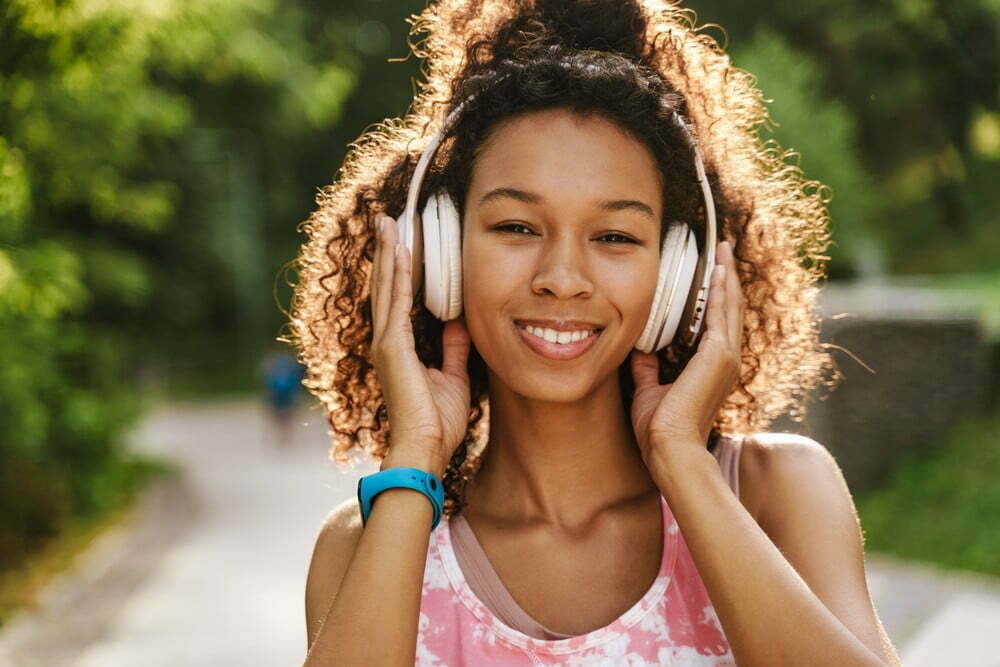
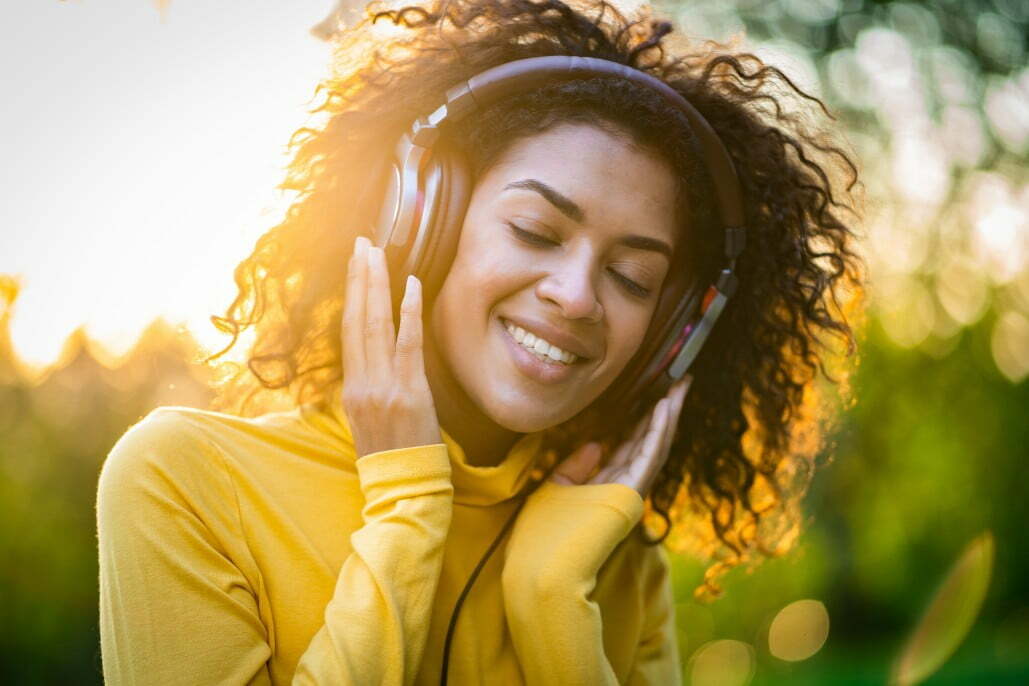
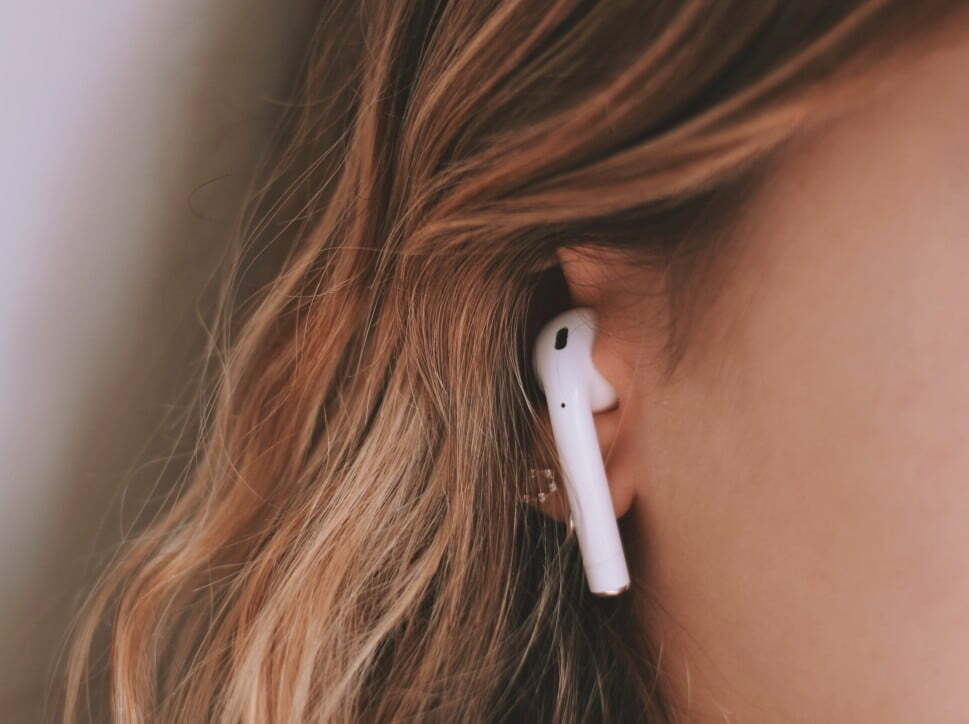
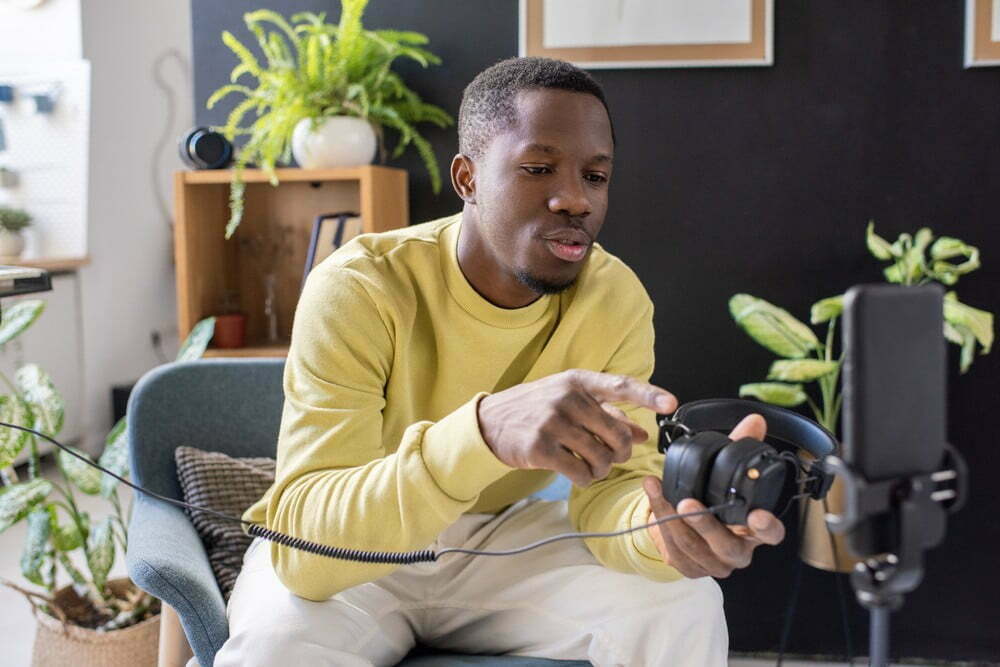
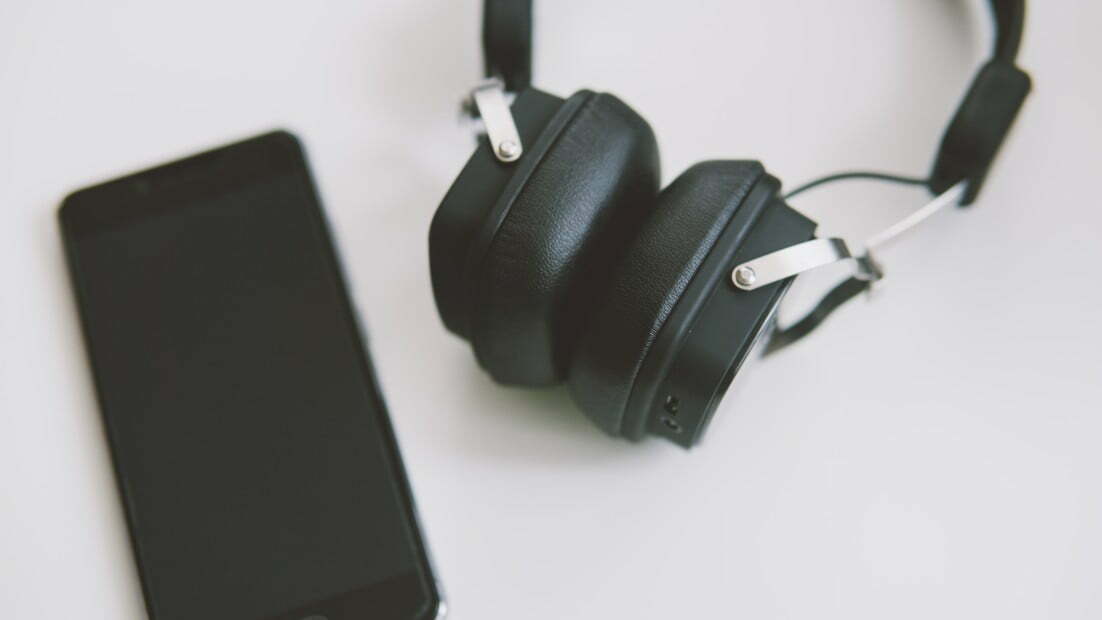
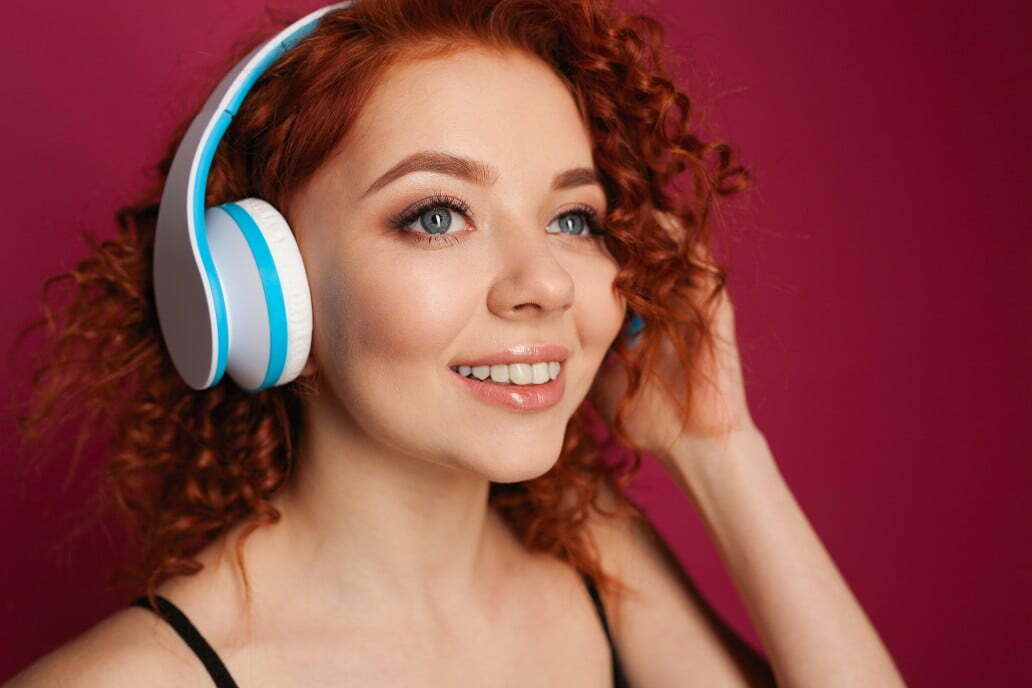
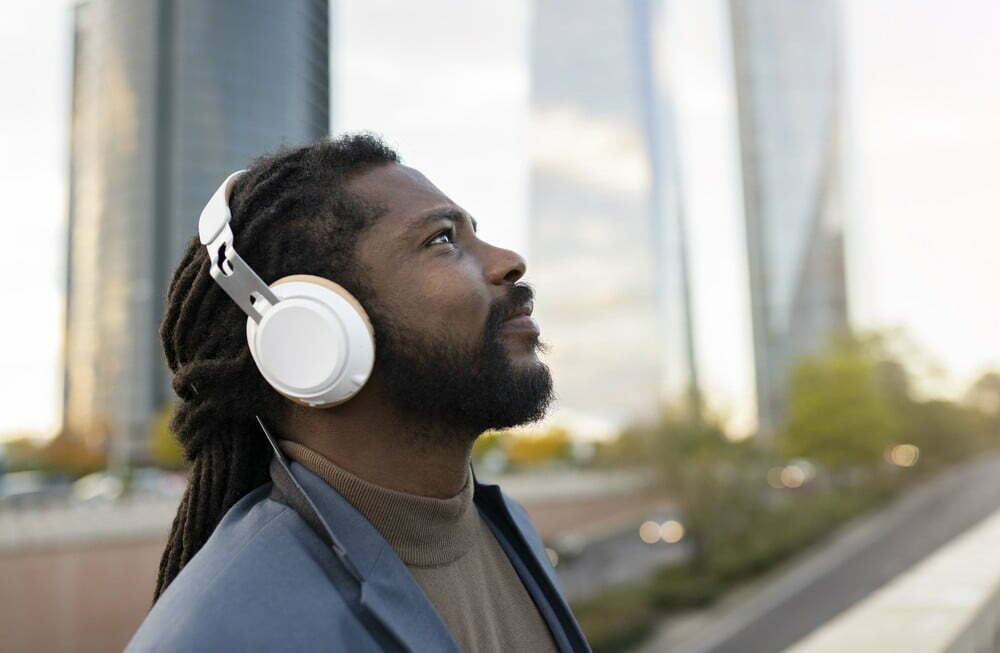
![Best Over-Ear Headphones for Working Out in [year] 38 Best Over-Ear Headphones for Working Out in 2026](https://www.gadgetreview.dev/wp-content/uploads/best-over-ear-headphones-for-working-out-image-scaled.jpg)
![Best Sennheiser Headphones in [year] 39 Best Sennheiser Headphones in 2026](https://www.gadgetreview.dev/wp-content/uploads/best-sennheiser-headphones-image-1.jpg)
![Best Sony Headphones in [year] 40 Best Sony Headphones in 2026](https://www.gadgetreview.dev/wp-content/uploads/best-sony-headphones-image-1.jpg)
![Best Open Back Headphones in [year] 41 Best Open Back Headphones in 2026](https://www.gadgetreview.dev/wp-content/uploads/best-open-back-headphones-image-1.jpg)
![Best Headphones in [year] ([month] Reviews) 42 Best Headphones in 2026 (January Reviews)](https://www.gadgetreview.dev/wp-content/uploads/best-over-the-ear-headphones.jpg)
![Best Noise Cancelling Headphones for Sleeping in [year] 43 Best Noise Cancelling Headphones for Sleeping in 2026](https://www.gadgetreview.dev/wp-content/uploads/best-noise-cancelling-headphones-for-sleeping-image-1.jpg)
![Best Noise-Cancelling True Wireless Earbuds in [year] 44 Best Noise-Cancelling True Wireless Earbuds in 2026](https://www.gadgetreview.dev/wp-content/uploads/best-noise-cancelling-true-wireless-earbuds-image.jpg)
![Best Headphones with a Mic in [year] 45 Best Headphones with a Mic in 2026](https://www.gadgetreview.dev/wp-content/uploads/best-headphones-with-mic-image.jpg)
![Best Headphones for Sleeping in [year] 46 Best Headphones for Sleeping in 2026](https://www.gadgetreview.dev/wp-content/uploads/best-headphones-for-sleeping-image.jpg)
![Best Headphones for Teens in [year] 47 Best Headphones for Teens in 2026](https://www.gadgetreview.dev/wp-content/uploads/best-headphones-for-teens-image.jpg)
![Best Noise Canceling Headphones for Kids in [year] 48 Best Noise Canceling Headphones for Kids in 2026](https://www.gadgetreview.dev/wp-content/uploads/best-noise-cancelling-headphones-for-kids-image.jpg)
![Best Headphones for Music Production in [year] 49 Best Headphones for Music Production in 2026](https://www.gadgetreview.dev/wp-content/uploads/best-headphones-for-music-production-image.jpg)
![Best Wired Headphones in [year] 50 Best Wired Headphones in 2026](https://www.gadgetreview.dev/wp-content/uploads/best-wired-headphones-image.jpg)
![Best USB Headphones in [year] 51 Best USB Headphones in 2026](https://www.gadgetreview.dev/wp-content/uploads/best-usb-headphones-image.jpg)
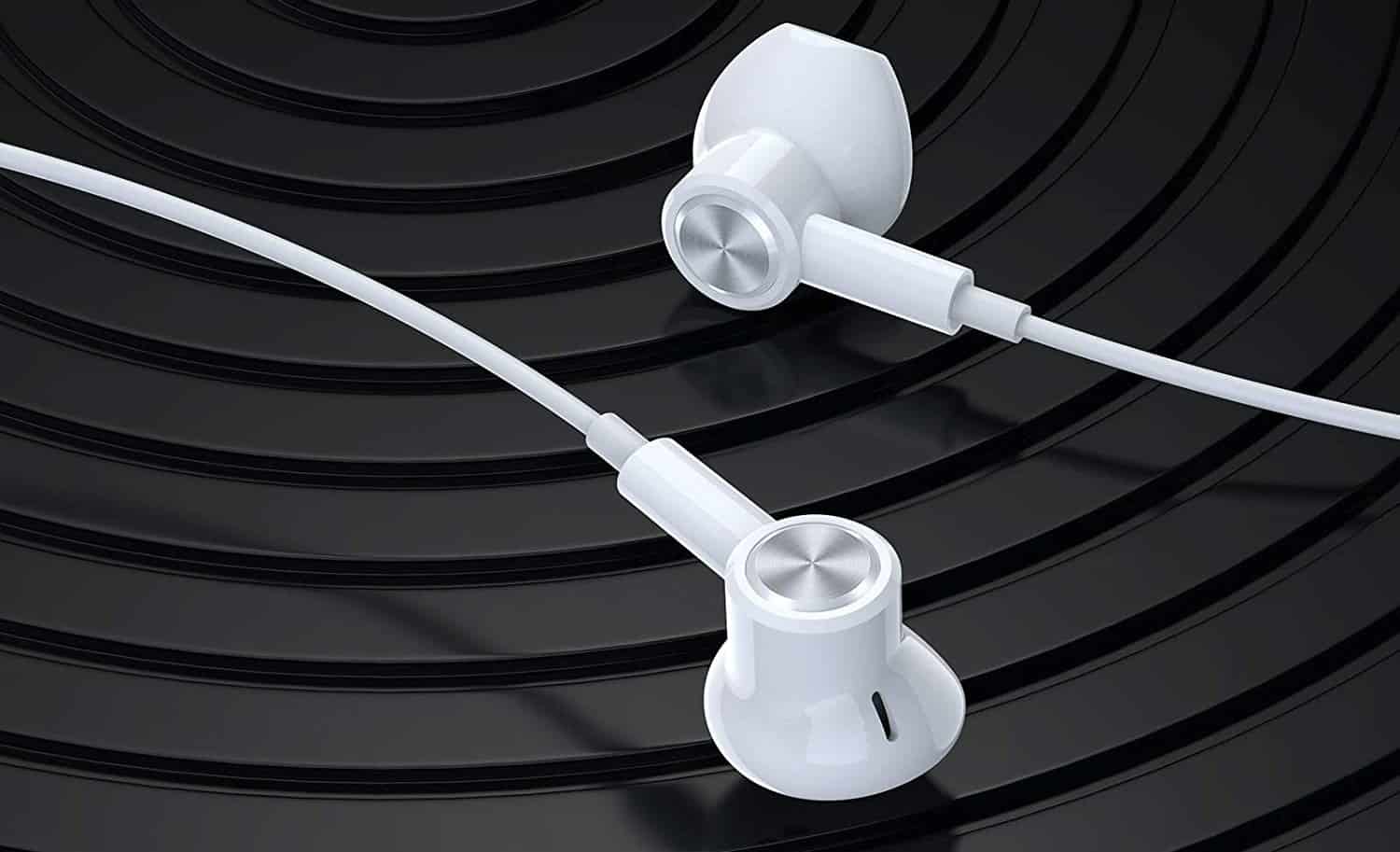
![Best Headphones for Mowing in [year] 53 Best Headphones for Mowing in 2026](https://www.gadgetreview.dev/wp-content/uploads/best-headphones-for-mowing-image.jpg)
![Best Headphones for Music in [year] 54 Best Headphones for Music in 2026](https://www.gadgetreview.dev/wp-content/uploads/best-headphones-for-music-image.jpg)
![Best TV Headphones for Seniors in [year] 55 Best TV Headphones for Seniors in 2026](https://www.gadgetreview.dev/wp-content/uploads/best-tv-headphones-for-seniors-image.jpg)
![Best True Wireless Earbuds in [year] 56 Best True Wireless Earbuds in 2026](https://www.gadgetreview.dev/wp-content/uploads/best-true-wireless-earbud-image.jpg)
![Best Swimming Headphones in [year] 57 Best Swimming Headphones in 2026](https://www.gadgetreview.dev/wp-content/uploads/best-swimming-headphones-image.jpg)






